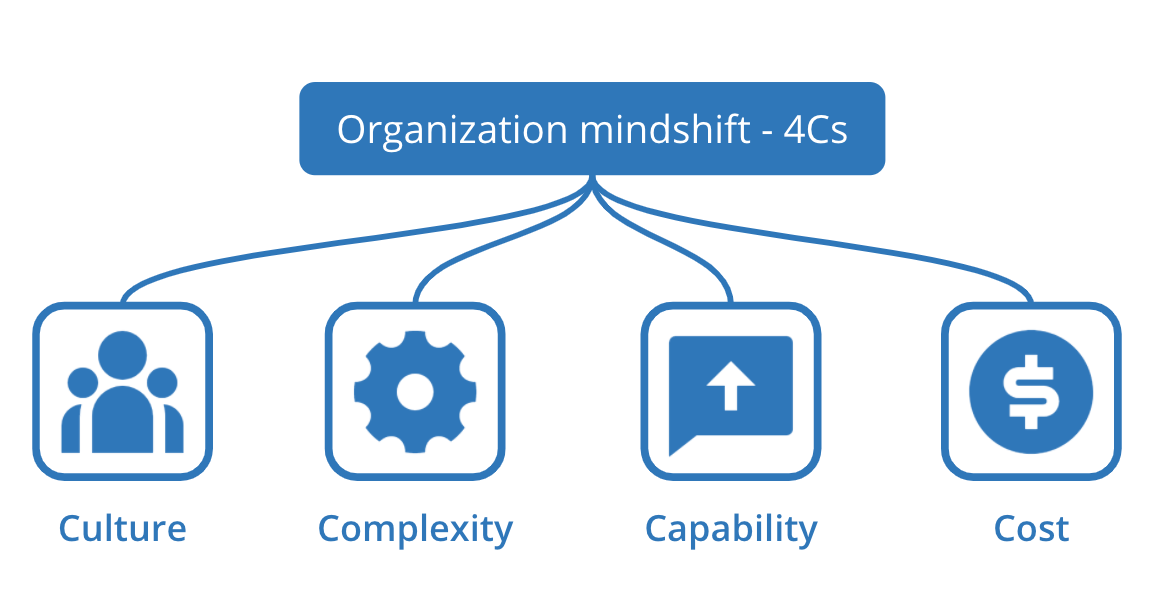Cloud
Infrastructure as Code: From the Iron Age to the Cloud Age


Disclaimer: The statements and opinions expressed in this article are those of the author(s) and do not necessarily reflect the positions of Thoughtworks.
